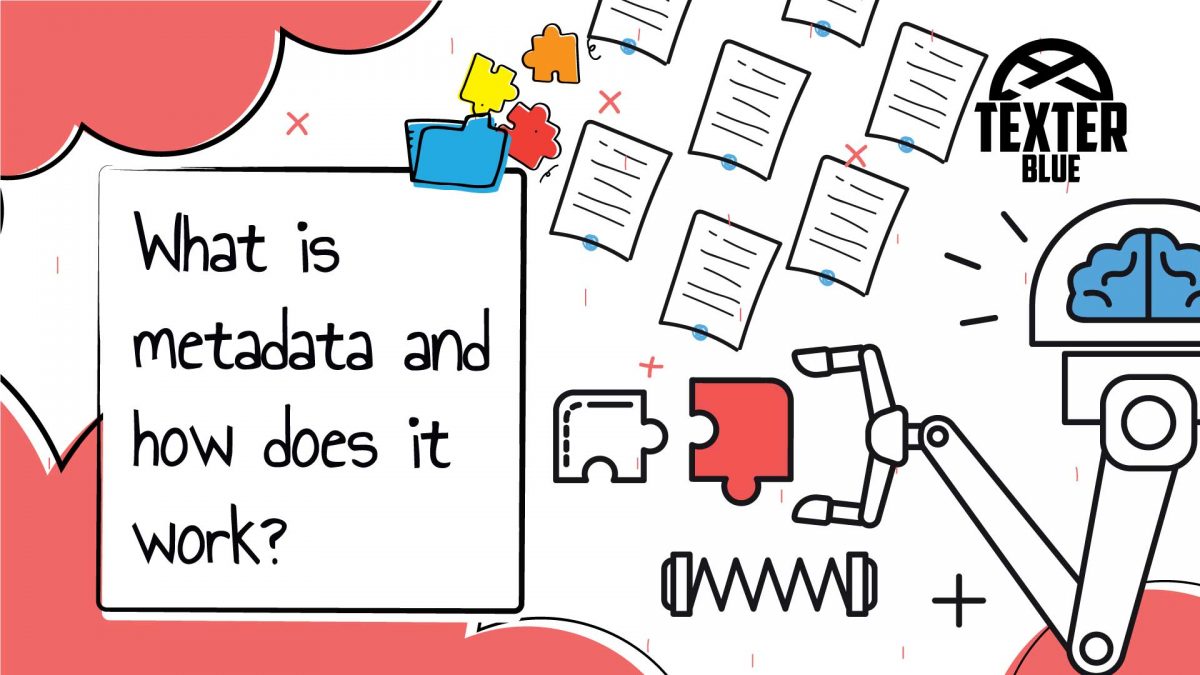You’ve probably heard about metadata many times before, but do you know what it is? Metadata summarizes basic information about data, making it easier to find, and to use particular instances of data. Some basic examples of document metadata are, date created, date modified, file size, etc. Other than documents, metadata is used in:
- Images
- Databases
- Video files
- Audio files
- Web pages
How does metadata work?
Every time any type of document, file or other information asset is created, modified, or even deleted, metadata is created. This way the lifespan of data can be extended by using metadata to find new ways to use and apply it.
Metadata organizes data using terms associated with that object. For example, search engines use metadata tags associated with an HTML document to determine what content to display.
Metadata is written in a way that both humans and computers can understand it, making it work in virtually every type of application and system.
What is metadata used for?
Metadata has various practical applications, other than the use from search engines. Different kinds of companies can use metadata to gather insights, to improve products and optimize processes. With the evolution of Ai technologies, managing metadata has become much simpler, automating processes, instead of relying on manual processes to classify and tag data.
Different types of metadata
Depending on the function it serves, metadata can be categorized in different types:
- Administrative metadata – This type of metadata allows admins to impose restriction and rules related to data access and user permissions. It includes details such as date of creating, file size, file type and archiving requirements.
- Preservation metadata – Guides the placement of a data item within a hierarchical framework or sequence.
- Process metadata –
- Structural metadata – Also known as Statistical metadata. It outlines procedures used to collect and then treat statistical data.
- Use metadata – This kind of metadata is sorted and analyzed every time there is access to it. It can be used by businesses to understand customer behavioural trends.
These are just some of the metadata types available, there are more, each with its specific function and use.
TML: Texter Machine Learning – Supercharge your content with AI!
Your content and data are the foundation upon which your business operates, and critical decisions are made. Recents advancements in AI in areas such as image and natural language processing have enabled a whole new level of automatic extraction of information and data analysis that power the automation of key business processes not possible until now.
Download here our TML – Texter Machine Learning – Datasheet:
By submitting you confirm that you have read and agreed with our Privacy Policy.
If you’re struggling with your digital transformation, remember… you are not alone in this… Texter Blue is here to help you providing the best results! Make sure you read our news and articles and contact us.

